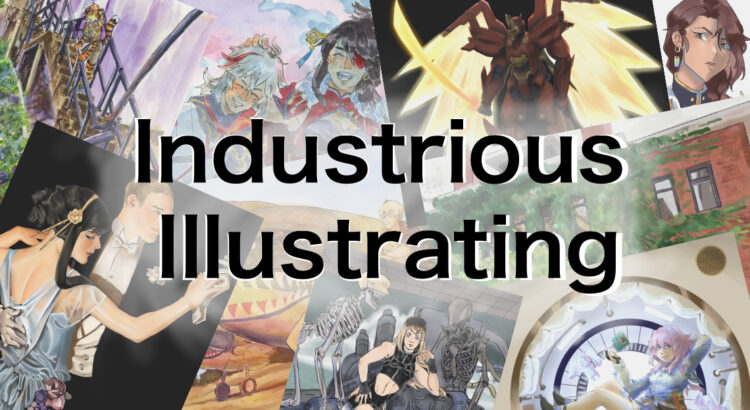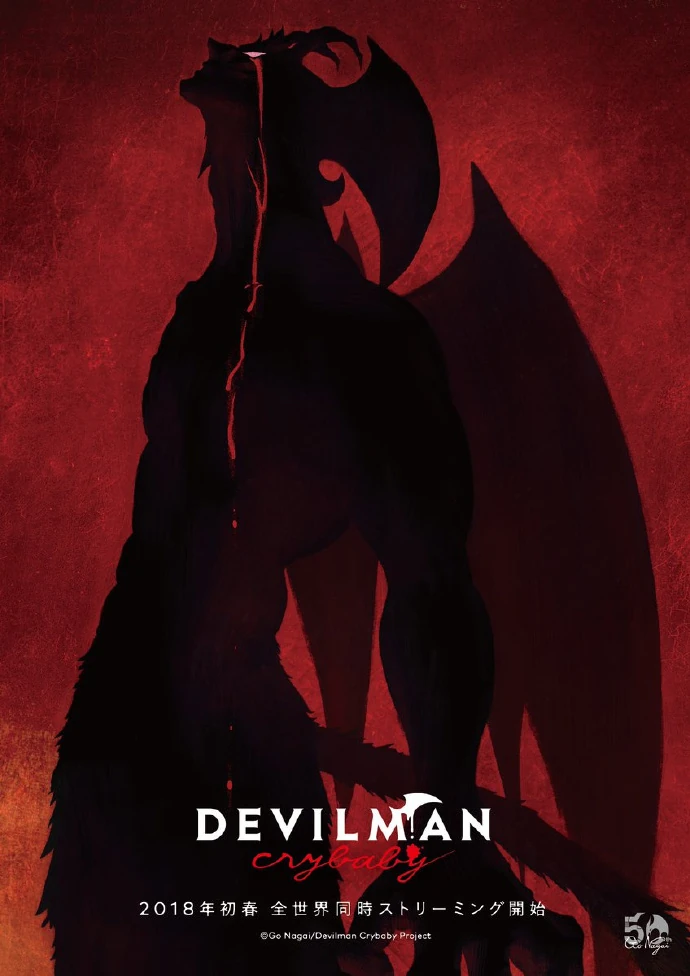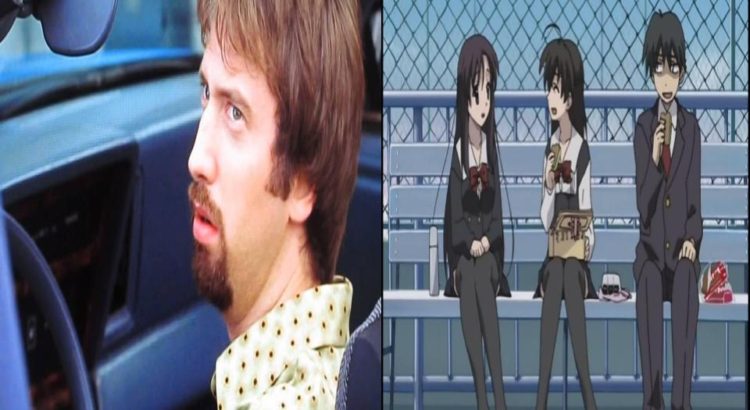“Stay inside,” my mother said. A few hours after the phone call, I would be doing the exact opposite.
On Tuesday, the call for school to be closed was deafening. There had already been an order made by Gov. Gretchen Whitmer that declared Michigan in a state of emergency due to predicted sub-zero temperatures. Throughout the day, universities across the Midwest cancelled Wednesday’s classes in anticipation for the dangerously cold weather. Even MSU suspended classes for only the 7th time in history. For U of M students, pages such as “Overheard at Umich” and “UMich Memes for Wolverteens” were teeming with memes and comments made by students across campus asking for no school. In addition, students created a petition to cancel classes that reached over 13,000 signatures in a matter of days.
Fortunately, classes were indeed cancelled and the campus “issued an emergency reduction in operations” until 7 a.m. Friday. For middle and high school students across Michigan, snow days are a fairly common occurrence across Michigan. For college students, on the other hand, a snow day is a rarity. So what does one do when it’s so cold classes are cancelled?
For many students, the two days of cancelled classes provided time to study or relax. There was still work to be done for courses, and a day or two stuck inside provided optimal time to catch up or get ahead on schoolwork. The Wednesday and Thursday off also gave students some time to sleep in and recuperate. When not filled with people studying, the dormitory lounges were frequently filled with students watching movies, playing games, or simply hanging out. For me, the two days with no classes provided an opportunity to do all of these things. There was time to do some work without feeling stressed, and I enjoyed sleeping in. Yet, in addition to these things, I ventured outside the safety of my dormitory and into the bitter cold.
Now, this wasn’t a “I’m going to disregard any warnings because I can” decision. On Wednesday, the Michigan Theater played Your Name as part of the “Icons of Anime Film Series” sponsored by the UM Center for Japanese Studies. The screening was originally sold out and going to take place at the State Theater, but due to popular demand was moved to the Michigan Theater. This discovery, in addition to prior commitments being cancelled due to the weather, resulted in a quick decision to have a night out.
Despite the wind chill warning, my boyfriend and I left East Quad shortly around 6:45 p.m. Bundled in layers, the brisk walk to Michigan Theater wasn’t that bad. We took pictures of an empty diag with snapchat filters reading -11°F, and made it to the theater to find plenty of other students who had braved the arctic temps. So many, in fact, that the lower section of the theater’s main auditorium was pretty packed. After seeing the movie, which was captivating and breathtakingly beautiful, I could see why.
Since the dining hall would be closed by the time we got back (closing early due to the weather), we also stopped by a restaurant for dinner. The ten-minute walk back to East Quad, while just a few degrees colder at -15°F, was harsher. Thick wool socks were no match for the freezing winds. Literal frost coated my glasses, and ice droplets twinkled on my boyfriend’s eyelashes. We passed by a few people with no hats or scarves and wondered how they were surviving.
Back at the dormitory, hand warmers and blankets were quick to the rescue. It was so cold, however, that there was ice and frost on the inside of the windows. This only magnified the severity of what was happening across the Midwest, and the relief for students that classes were cancelled. Overall, while the night out was enjoyable, you can bet we stayed in on Thursday.
Links to further details on information noted in this post:
More information on U of M’s reduced operations.
News on the cold weather and its impact on the Midwest.
The petition calling administration to cancel classes.















 If you’re able to make it to Mini Con Ja Nai this Saturday (which is tomorrow as of this posting), I hope to see you there! If not, see you next week when I make my next Industrious Illustrating post!
If you’re able to make it to Mini Con Ja Nai this Saturday (which is tomorrow as of this posting), I hope to see you there! If not, see you next week when I make my next Industrious Illustrating post! Devilman Crybaby is an original Netflix anime adaptation of the original manga by Go Nagai, and although I highly recommend watching it, I’ll try to save some of my praise for another post. The essential story is about a young boy named Akira who gets wrapped up in an emerging world of demons by his mysterious childhood friend Ryo. It features existential and dark themes, and raises questions about humanity, society, and love that make you think long after the show is over. It’s a tragedy to be sure; be prepared to cry when it’s over, but it is not without its moments of hope. The soundtrack to the show mirrors this so accurately and poignantly, making it the perfect complement to the show and adding something that makes it entirely unique. The aesthetic of the soundtrack perfectly fits the artistic style of the animation; it’s primal and pounding at times, matching the intense scenes of chaos, and other times it’s subtle and futuristic, setting this iconic tone throughout the show that lasts long after its over. My favorite tracks however are these long orchestral pieces, featuring these solemn and mourning grand piano melodies that are absolutely haunting. They contrast so well, both on the overall album and in the show itself; they provide these thoughtful reprieves from the chaos, where both the characters and audience are forced to reflect on the tragedies of humanity. Overall, I find this soundtrack incredible in how it affects the story, and how well crafted it is that it can stand alone.
Devilman Crybaby is an original Netflix anime adaptation of the original manga by Go Nagai, and although I highly recommend watching it, I’ll try to save some of my praise for another post. The essential story is about a young boy named Akira who gets wrapped up in an emerging world of demons by his mysterious childhood friend Ryo. It features existential and dark themes, and raises questions about humanity, society, and love that make you think long after the show is over. It’s a tragedy to be sure; be prepared to cry when it’s over, but it is not without its moments of hope. The soundtrack to the show mirrors this so accurately and poignantly, making it the perfect complement to the show and adding something that makes it entirely unique. The aesthetic of the soundtrack perfectly fits the artistic style of the animation; it’s primal and pounding at times, matching the intense scenes of chaos, and other times it’s subtle and futuristic, setting this iconic tone throughout the show that lasts long after its over. My favorite tracks however are these long orchestral pieces, featuring these solemn and mourning grand piano melodies that are absolutely haunting. They contrast so well, both on the overall album and in the show itself; they provide these thoughtful reprieves from the chaos, where both the characters and audience are forced to reflect on the tragedies of humanity. Overall, I find this soundtrack incredible in how it affects the story, and how well crafted it is that it can stand alone. Another great example of a stand out soundtrack is Swiss Army Man, a small indie film featuring Daniel Radcliffe and Paul Dano. Again, one of my favorite movies; a little quirky and hard to swallow at first, but it leaves a lasting impression and is just genuinely fun to watch. Similar to the Devilman Crybaby soundtrack, this soundtrack stands out for its aesthetic and style: it is fun and folky, featuring a lot of vocals and accapella, accompanied by simple instrumentation and haunting chords. All of the vocals are performed by the two actors as well, which is ingenious, especially during the film when the characters are quiet and the music speaks for them. The movie mostly takes place in the woods and is an unusual love story, which is reflected well in the soundtrack. It features a variety of unusual songs, mostly focused on the relationship between the two main characters, and tells its own story in a way that the film itself can’t. In this way, the soundtrack adds an important element to the story and can’t be ignored. These reasons make the soundtrack stand out, and as a result I still find myself listening to it, reliving the great moments of the story through music.
Another great example of a stand out soundtrack is Swiss Army Man, a small indie film featuring Daniel Radcliffe and Paul Dano. Again, one of my favorite movies; a little quirky and hard to swallow at first, but it leaves a lasting impression and is just genuinely fun to watch. Similar to the Devilman Crybaby soundtrack, this soundtrack stands out for its aesthetic and style: it is fun and folky, featuring a lot of vocals and accapella, accompanied by simple instrumentation and haunting chords. All of the vocals are performed by the two actors as well, which is ingenious, especially during the film when the characters are quiet and the music speaks for them. The movie mostly takes place in the woods and is an unusual love story, which is reflected well in the soundtrack. It features a variety of unusual songs, mostly focused on the relationship between the two main characters, and tells its own story in a way that the film itself can’t. In this way, the soundtrack adds an important element to the story and can’t be ignored. These reasons make the soundtrack stand out, and as a result I still find myself listening to it, reliving the great moments of the story through music.





